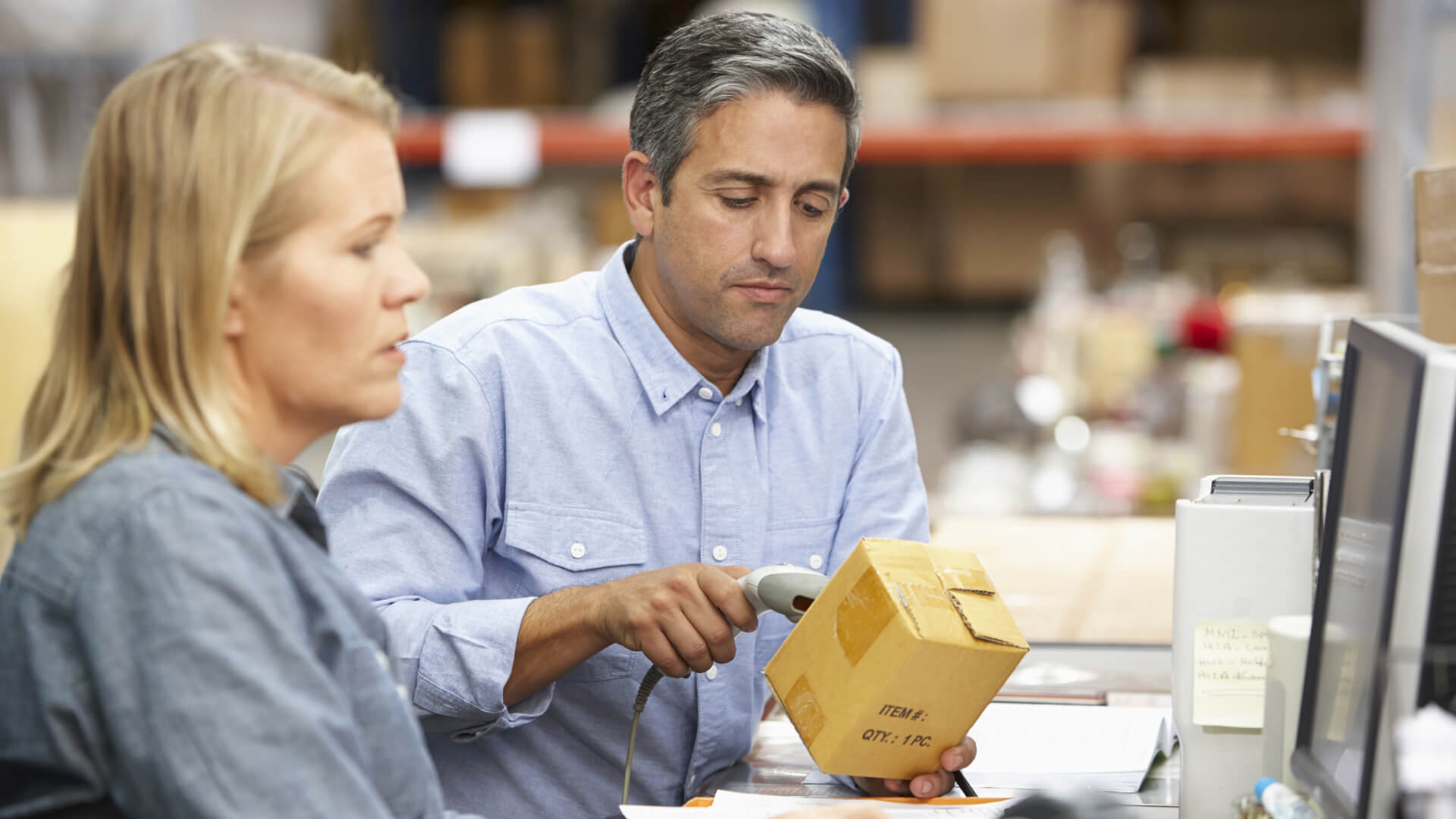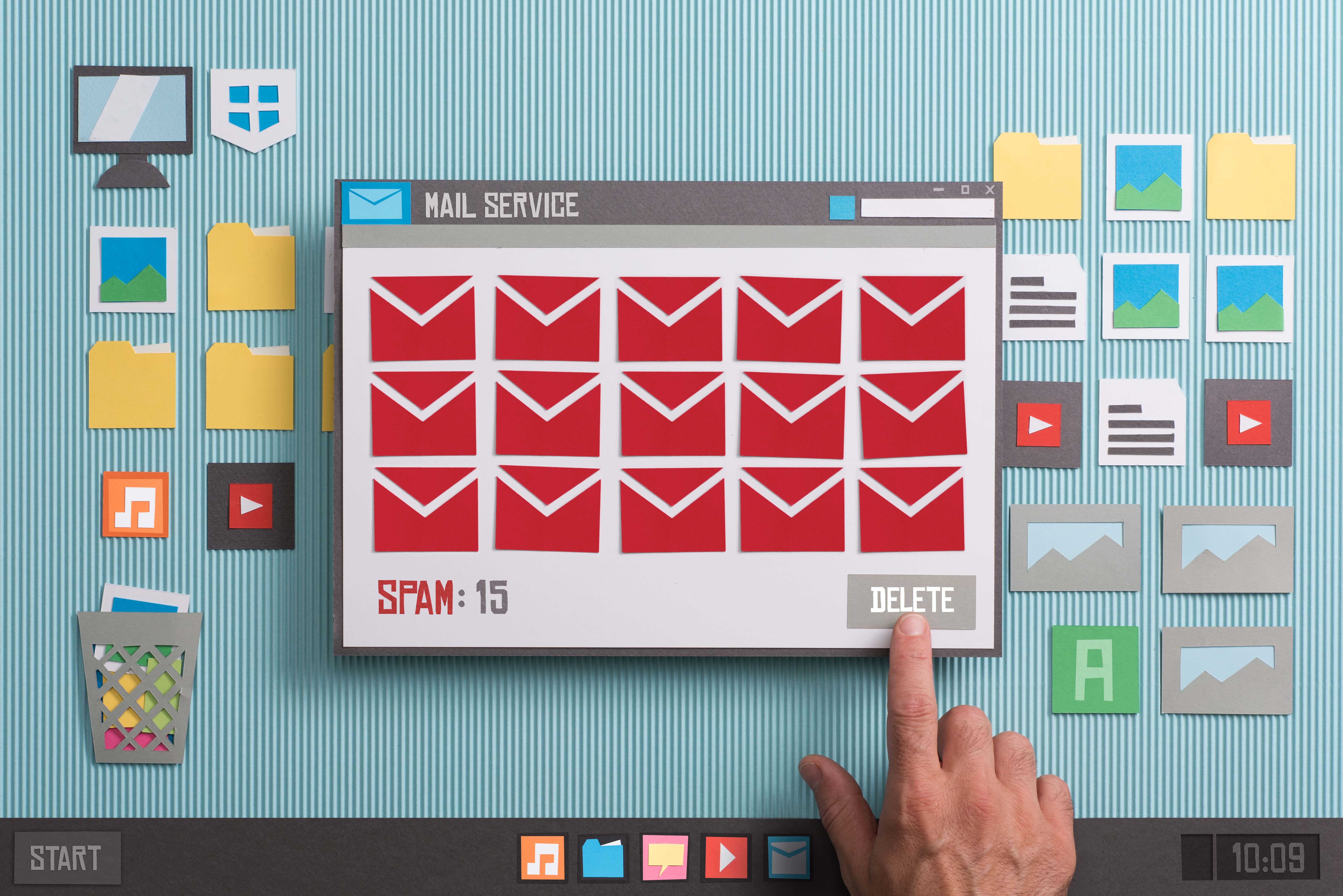Remember when ecommerce first arrived? Suddenly, the way that we’d been shopping for generations was turned on its head. But as soon as we’d figured out this new way of buying and selling, we couldn’t believe we’d been doing things any other way.
Now, the retail industry is in the midst of another major shift, as more and more customers turn to mcommerce, or mobile shopping. Of course, this trend has been around for several years, with many shoppers using mobile apps to browse and order products across multiple different sectors. But then came the COVID-19 pandemic, and the trend became more embedded than ever before.
In September 2022 the retail logistics company Zebra conducted a study of shopping habits over the past year. And they found that a staggering 90% of 21 to 40-year-olds use mobile ordering on a regular basis. And in those aged between 40 and 60, that number only dropped to 80%. Even more than 50% of baby boomers, it seems, use their mobiles to make purchases.
In other words, m-commerce is big business. And even though most of the restrictions that characterised the pandemic have now been lifted, shoppers are showing no signs of returning to their old habits. But while this could spell good news for ecommerce retailers, it’s a development that comes with its own challenges as well.
For those wanting to tap into the mcommerce market, they’ll need to be prepared. According to research, shoppers have come to expect a seamless experience from retailers: a fluid, cohesive shopping platform that stays the same whether you’re accessing it via mobile, laptop, or in-store. This means keeping on top of things such as stocking issues across the board — something which can pose a challenge, particularly if you’re a small business with a limited amount of staff.
Fortunately, there are tools to help retailers keep on top of things and make the mcommerce revolution work for them. Top of the list is anything that helps with inventory management: RFID solutions, barcode scanners, mobile tech and more. But if you’re a small business looking to optimise for mobile, there are some simpler things you can do too. For example, try using GPS to offer localised deals and real-time shipping estimates, and check out Google’s mobile-friendly test tool to see how your ecommerce store fares in mobile format.
The retail landscape is always changing, and the move towards m-commerce is no exception. But with a few adaptations, online retailers should be able to thrive in this new and exciting environment.








Leave a Comment